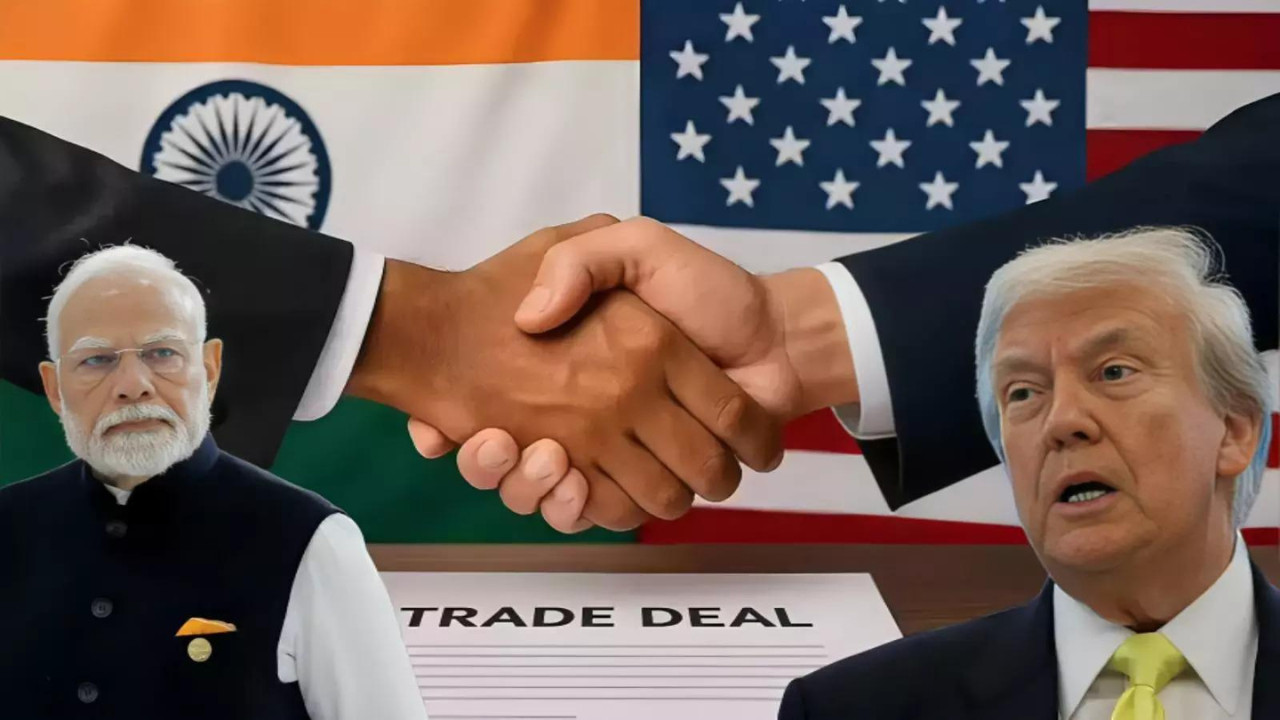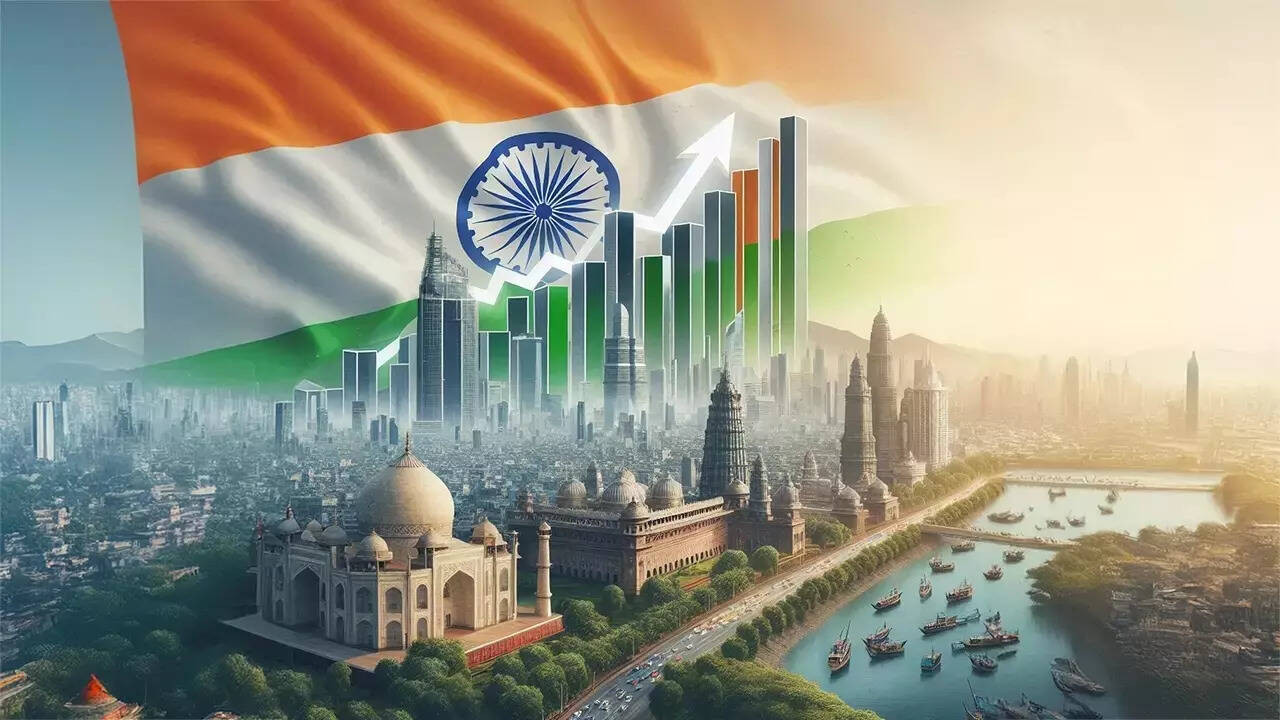The Nuclear Club: A Look Behind the Curtain (and a Few Worried Glances)
We’ve all heard the whispers, the anxieties, the geopolitical chessboard pieces constantly shifting. Nuclear weapons. They’re a topic that hovers on the edge of our awareness, a silent threat underlining global politics. But beyond the headlines and treaties, who really holds the keys to the nuclear kingdom? And what does their position say about the world we live in? Let’s dive in, shall we, leaving the dry statistics behind and aiming for a clearer picture.
Forget James Bond villains and doomsday devices (for now). Let’s talk facts. The numbers surrounding nuclear arsenals are inherently tricky. Secrecy is the name of the game. Estimations are often based on intelligence gathering and educated guesses, but the bottom line is this: several nations possess the power to inflict catastrophic, irreversible damage.
Leading the pack, unsurprisingly, are Russia and the United States. These Cold War behemoths still retain the vast majority of the world’s nuclear warheads. Think of them as the old guard, constantly modernizing their arsenals, locked in a complex dance of deterrence that, honestly, makes everyone a little nervous. The sheer scale of their stockpiles is frankly mind-boggling. It’s a legacy of a different era, a reminder of how close we came to the brink.
Then we have China, a rising power in every sense of the word. Their nuclear arsenal is significantly smaller than Russia’s or the US’s, but it’s growing steadily. What’s interesting about China is its stated policy of “no first use.” That is, they pledge not to be the first to use nuclear weapons in a conflict. Whether this is genuine or a carefully crafted PR strategy is debatable, but it adds another layer to the already complex nuclear equation. This commitment, while seemingly reassuring, doesn’t entirely quell concerns, especially given the current geopolitical climate and China’s assertive foreign policy.
Next up: France and the United Kingdom. These European powers maintain smaller, but still formidable, nuclear forces. They see them as crucial for national security and a deterrent against potential aggression. They are firmly entrenched within the NATO alliance, which adds another layer of complexity to the nuclear landscape.
Now, things get a little more… let’s say “interesting.” We move to the nations that haven’t signed the Treaty on the Non-Proliferation of Nuclear Weapons (NPT) – the unofficial rulebook for the nuclear club. Here we find India, Pakistan, and Israel.
India and Pakistan, long-time rivals, have openly declared their nuclear capabilities. Their nuclear programs are deeply intertwined with their complex relationship, marked by historical conflicts and ongoing tensions. The existence of nuclear weapons in this region, particularly given the history of skirmishes and heightened nationalism, is a source of significant international concern. It underscores the importance of diplomatic efforts to maintain stability and prevent escalation. It’s a constant balancing act of power and restraint.
Israel, on the other hand, maintains a policy of “nuclear ambiguity.” They neither confirm nor deny possessing nuclear weapons, but it’s widely believed that they do. This opacity adds to the already complex geopolitical dynamics of the Middle East. It’s a card held close to the chest, a potent symbol of deterrence in a volatile region.
Finally, we have North Korea. Their nuclear program is, to put it mildly, a wild card. Despite international sanctions and condemnation, they have continued to develop nuclear weapons and ballistic missiles. Their actions are often unpredictable, and their intentions remain unclear. This makes them a major source of instability in the region and a constant headache for global powers.
So, where does this leave us? The world of nuclear weapons is a complex and often unsettling one. The numbers are daunting, the stakes are incredibly high, and the potential consequences are catastrophic.
Beyond the raw figures, it’s crucial to understand the motivations and anxieties driving these nations. Whether it’s about deterring aggression, asserting national power, or ensuring security in a dangerous world, each country has its own reasons for possessing these weapons.
Perhaps the most important takeaway is the urgent need for continued dialogue, diplomacy, and arms control efforts. The goal is not just to prevent further proliferation but also to eventually reduce the global stockpile of nuclear weapons. It’s a long and arduous process, but one that is essential for the future of humanity. We need less of a “who’s got the biggest stick” mentality and more focus on building a world where those sticks are no longer needed. And honestly, wouldn’t that be a relief?







